Graphic novels and comic books are among the most versatile forms of media in both fiction and non-fiction. From horror to comedy, the best comics are universal and timeless. Although some fans are drawn primarily to the superhero genre, comics have something for everyone, as demonstrated by the graphic novel format.
Whether it's a collection of stories gathered into larger books, like Saga , or an original classic like Uzumaki , graphic novel storytelling captures the reader's attention and draws them in. Some of the most recognized comics have been released as graphic novels, while new and award-winning stories debuted in some of the best graphic novels of all time.
Updated on June 18, 2025, by Guillermo Kurten: The graphic novel space is teeming with variety across genres. From a cyberpunk thriller manga like Akira to the iconic semi-autobiographical works of Will Eisner, graphic novels offer a wealth of depth. This list was updated to include five more noteworthy graphic novels across the medium's history.
Hellstar Remina Is a Haunting Cosmic Horror
Junji Ito
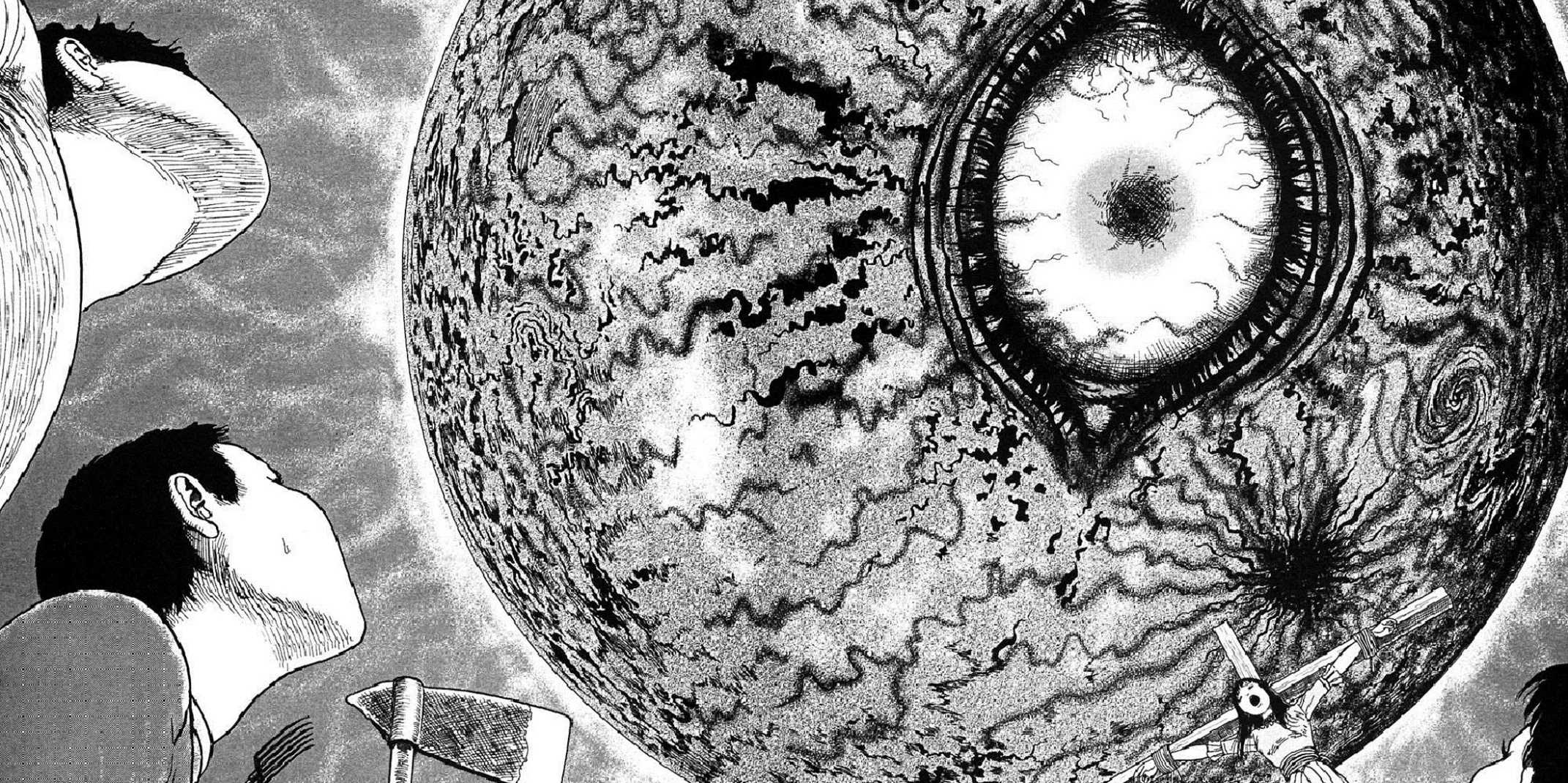
Junji Ito is a revered name in horror manga thanks to his haunting stories collected in anthologies and published outside of Japan, with longer stories like Gyo , Tomie , and especially Uzumaki grabbing the attention of fans. Ito's horror takes a variety of forms, and he does cosmic horror as well as anyone else who has worked in the genre. A perfect example of this is Hellstar Remina , a book that combines chilling cosmic horror with a more mundane type — the obsession that fame can create. Hellstar Remina , published as Remina in the US, revolves around Remina, a teenage girl whose astronomer father named a newly discovered planet after her.
Remina becomes popular, but as the sinister nature of the planet is revealed, that popularity turns to murderous obsession as the planet gets closer and closer to Earth. Hellstar Remina is not only pitch-perfect cosmic horror, capturing the hopelessness of trying to fight against an uncaring universe, but also calls out Japan's idol culture, which creates pop superstars from attractive young girls and obsessed fans that can take things to a terrible level. Hellstar Remina is yet another example of Ito's mastery of the horror genre, his dark and beautiful art bringing the story to life in a brilliant manner.
A Contract With God Is Among the Earliest Graphic Novels
Will Eisner
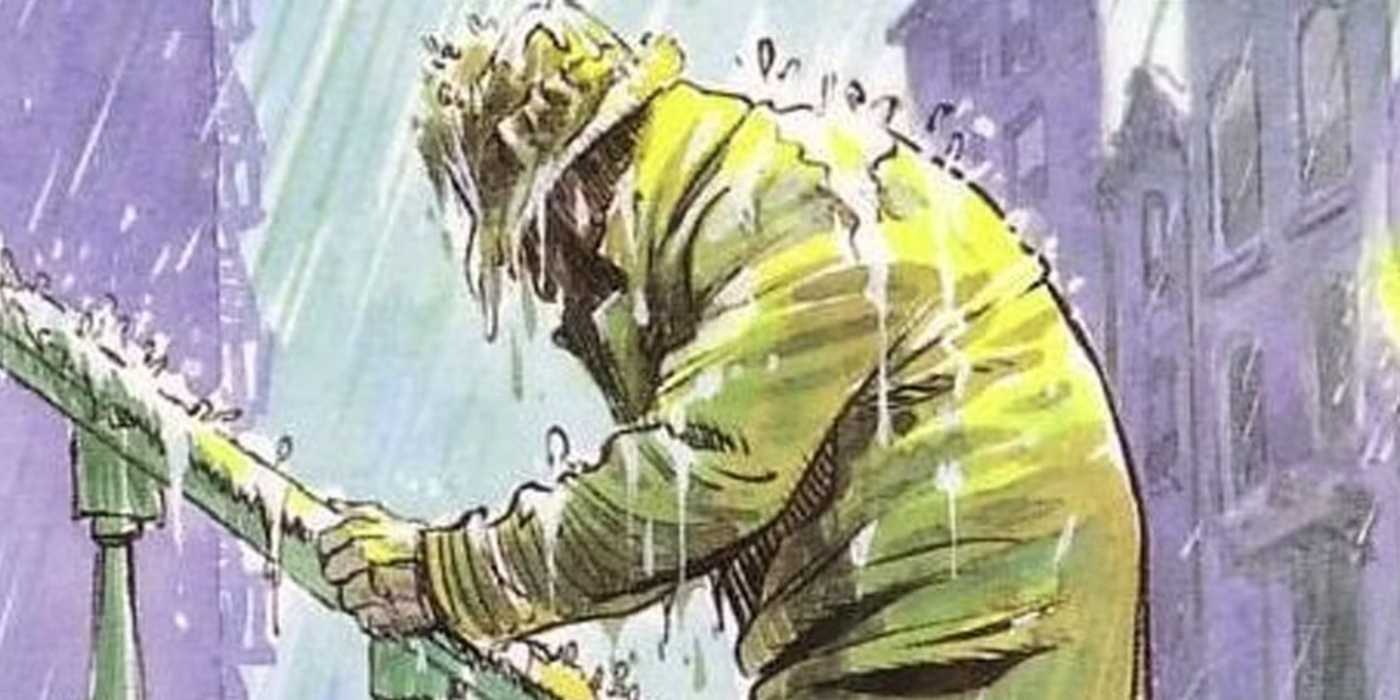
The late Will Eisner is one of the most prolific creators in the history of the medium. He popularized the graphic novel format, with the eponymous Eisner Awards still held yearly to celebrate achievements in comics. His 1978 graphic novel, A Contract With God , is one of his milestone works, following the struggles of Jewish people in 1930s America. This overall story chronicles four standalone tales from different perspectives, ranging from a father reeling in the wake of his daughter's death to an aging opera singer seeking a way back into the business.
A Contract With God is undoubtedly dark, showcasing the outright punishing circumstances these characters must deal with. But it's far from being grim merely for the sake of it. Each of these stories explores themes of antisemitism, grappling with faith and ethnic identity poignantly. There's a throughline across these points of view, with Eisner even providing a semi-autobiographical perspective, and the moody art helps the storylines of A Contract With God feel even more grounded.
Black Hole Blends Coming-of-Age With Horror
Charles Burns
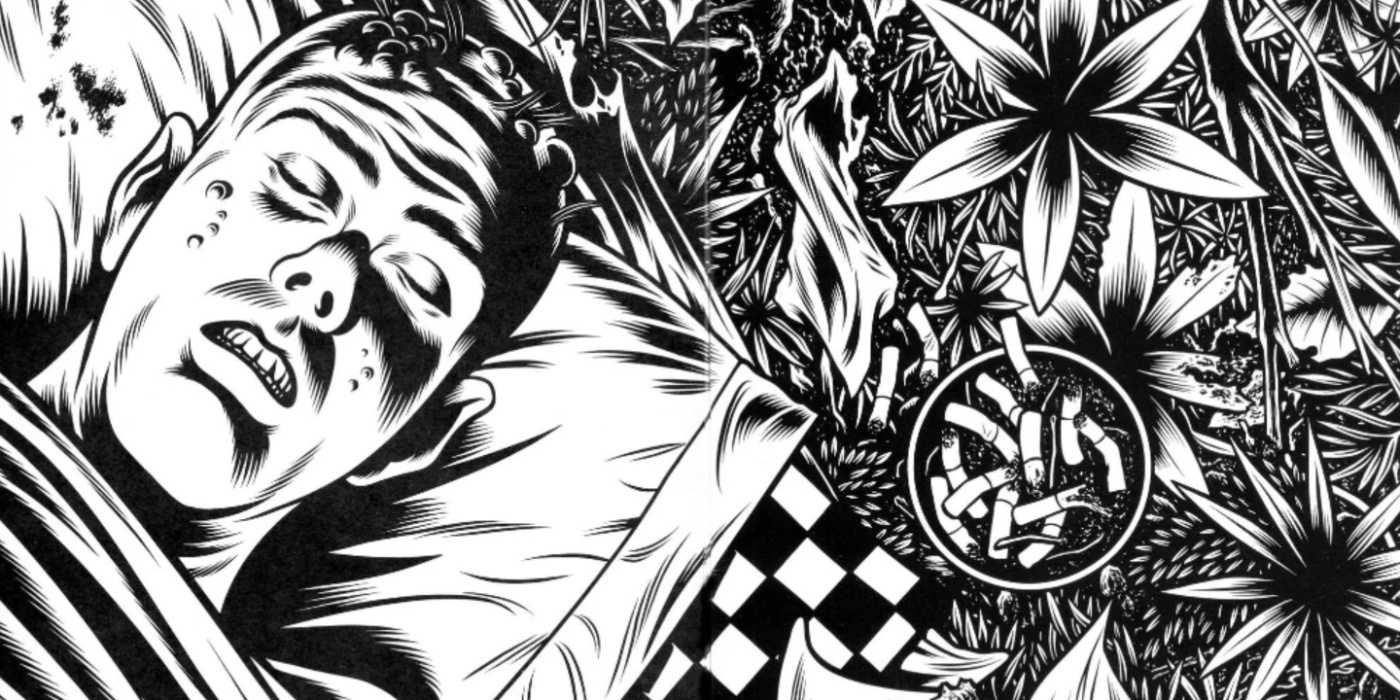
Fans of horror stories like It Follows will feel suitably terrified by Charles Burns' Black Hole . The story takes readers to 1970s Seattle, Washington, in the aftermath of a horrific plague that has ravaged the area's teenagers. This viral disease is transmitted sexually and can manifest itself in a variety of unsightly mutations.
Black Hole is a deeply unnerving horror graphic novel, filled with surreal, supernatural visuals and a plot making social commentary on adolescence. Burns' story explores the overwhelming struggles of bridging the gap between being a teenager and growing into a young adult and how sexuality plays a role. Black Hole is an incredibly existential tale, and Burns' uncanny artwork and use of color (or lack thereof) creates haunting visuals that stay with readers long after they close the book.
Manhunter Gives Detective Comics a Change of Pace
Archie Goodwin and Walter Simonson
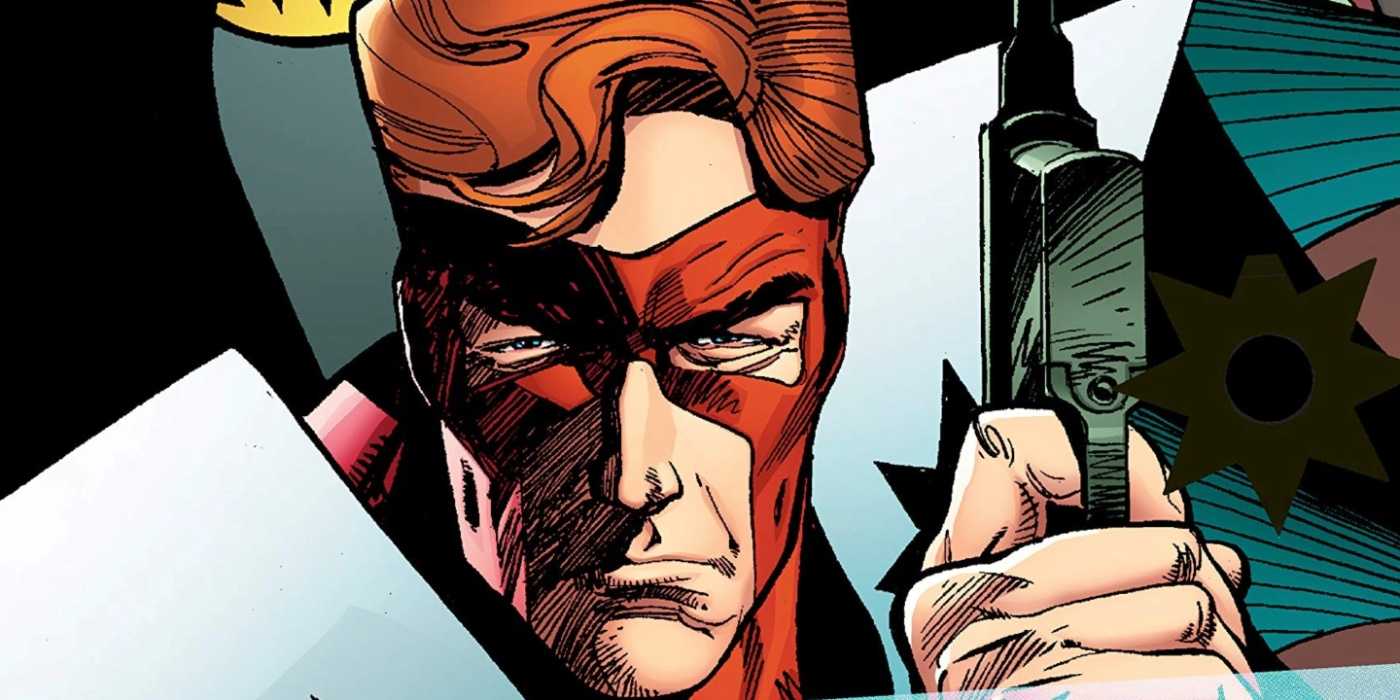
Since the Dark Knight's debut in Detective Comics #27 in the late 1930s, the comic grew into one of two tentpoles for Batman at DC. However, comic book legends Archie Goodwin and Walter Simonson would bring back a character from the "Golden Age" of comics in the form of Paul Kirk: Manhunter . The duo would tell a concise, gripping and standalone story of espionage and intrigue within the backup pages of Detective Comics, reformatted into a graphic novel. Once thought dead, Paul Kirk is saved by the shadowy "Council" in an attempt to use him in their plot for world domination.
Manhunter has been acclaimed as a spy thriller classic in DC's history, leaving a strong impression with its rather tight runtime. Goodwin injects 007 -like elements into Manhunter that seamlessly balance high-octane action with a well-paced plot (even including a Batman team-up). Simonson's stylish, now-classic artwork is another major reason the story's pacing works so well. The visuals and paneling convey a great deal of action and expression without overstaying their welcome.
Akira Is a Landmark Cyberpunk Story
Katsuhiro Otomo
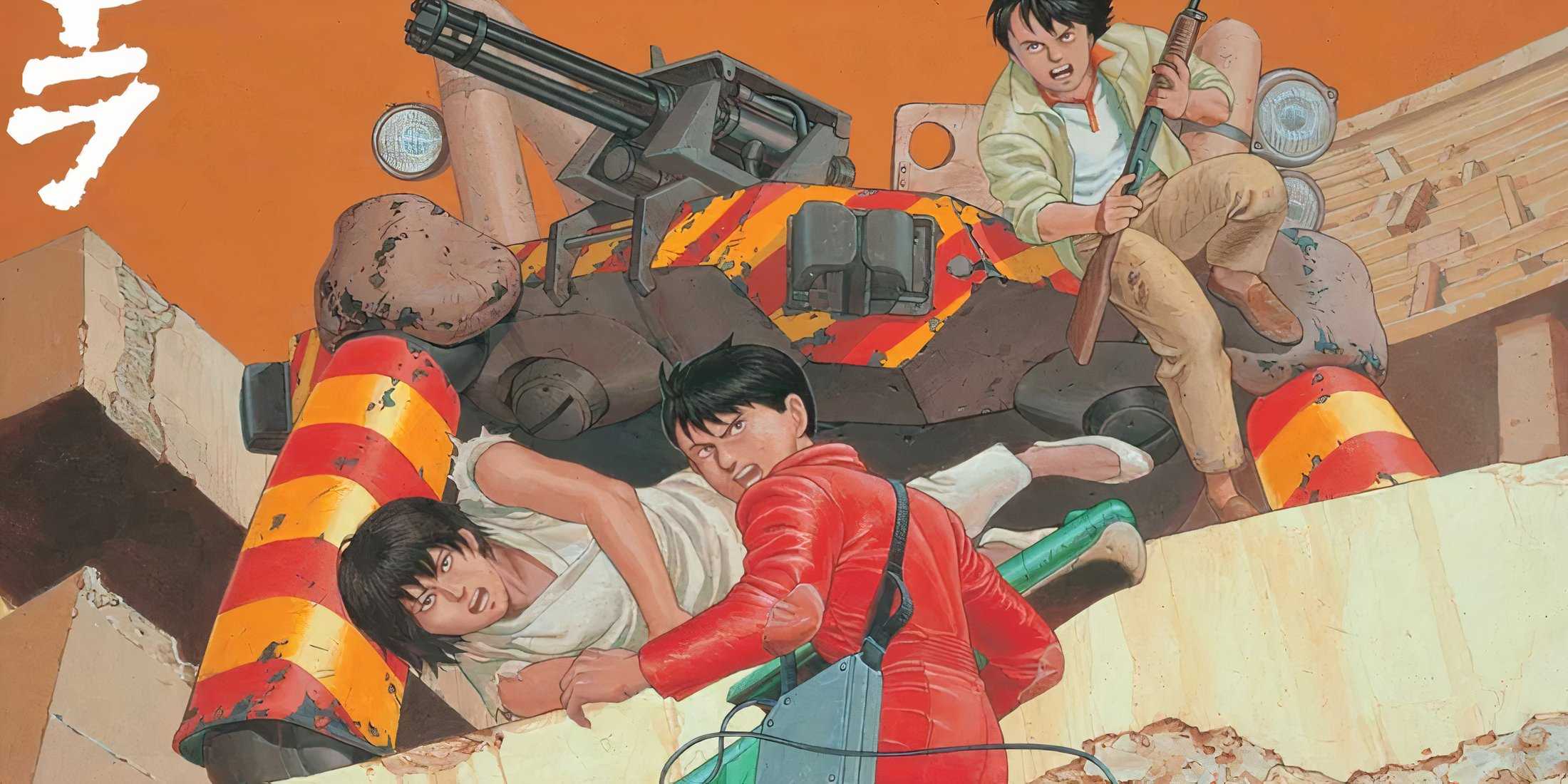
As far as manga goes, Akira is one of the most influential works in the medium. The story unfolds across six volumes in graphic novel format, and its adaptation has even become one of the most significant releases in the anime movie space . The series' harrowing, ruthless story revolves around a young biker gang leader, Shotaro Kaneda, and his childhood friend, Tetsuo Shima, in a dystopic "Neo-Tokyo." As the latter develops increasingly unstable telekinetic abilities, the plot unfolds into a militaristic conflict, revealing a hidden entity with the potential to devastate the city.
Akira is among the best cyberpunk stories told, regardless of the format, with its unflinching story hammering home themes of political corruption and the disenfranchised younger generations it leaves in its wake. The anime movie adaptation does an excellent job of conveying the story and its striking imagery to the screen. However, creator Katsuhiro Otomo's artistry in the manga deserves equal praise. Otomo's artwork does a terrific job of immersing readers into this hopeless world and leaving them in shock from Akira's visceral action.
To the Heart of the Storm Is a Profound Autobiography
Will Eisner
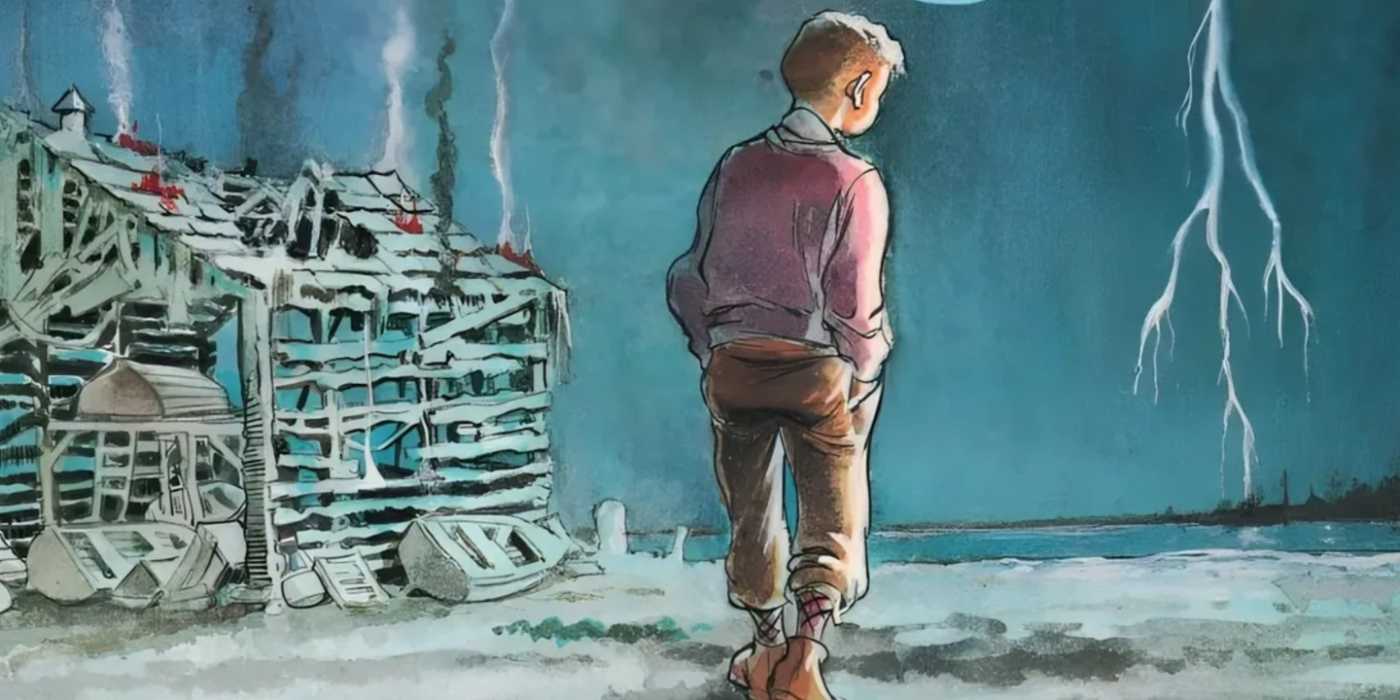
One of the later graphic novels in Will Eisner's career, To the Heart of the Storm, takes an autobiographical approach to the artist's coming of age. The story revolves around Eisner's early years as an immigrant son living through the depression in New York up to the looming threat of World War II. Readers see depictions of his struggles as a boy, as well as a glimpse into his parents' and the complications of their own upbringings.
To the Heart of the Storm is another powerful social commentary on antisemitism, especially in the context of the era. Eisner shows the ongoing fight for survival as the attitude toward Jewish people grows increasingly hostile, with the conflict of fascism bubbling to match it. His expressive artwork again does well to convey the atmosphere of the time.
The Incal Is Sci-Fi Unlike Anything Fans Have Ever Experienced
Alejandro Jodorowsky and Jean "Moebius" Giraud
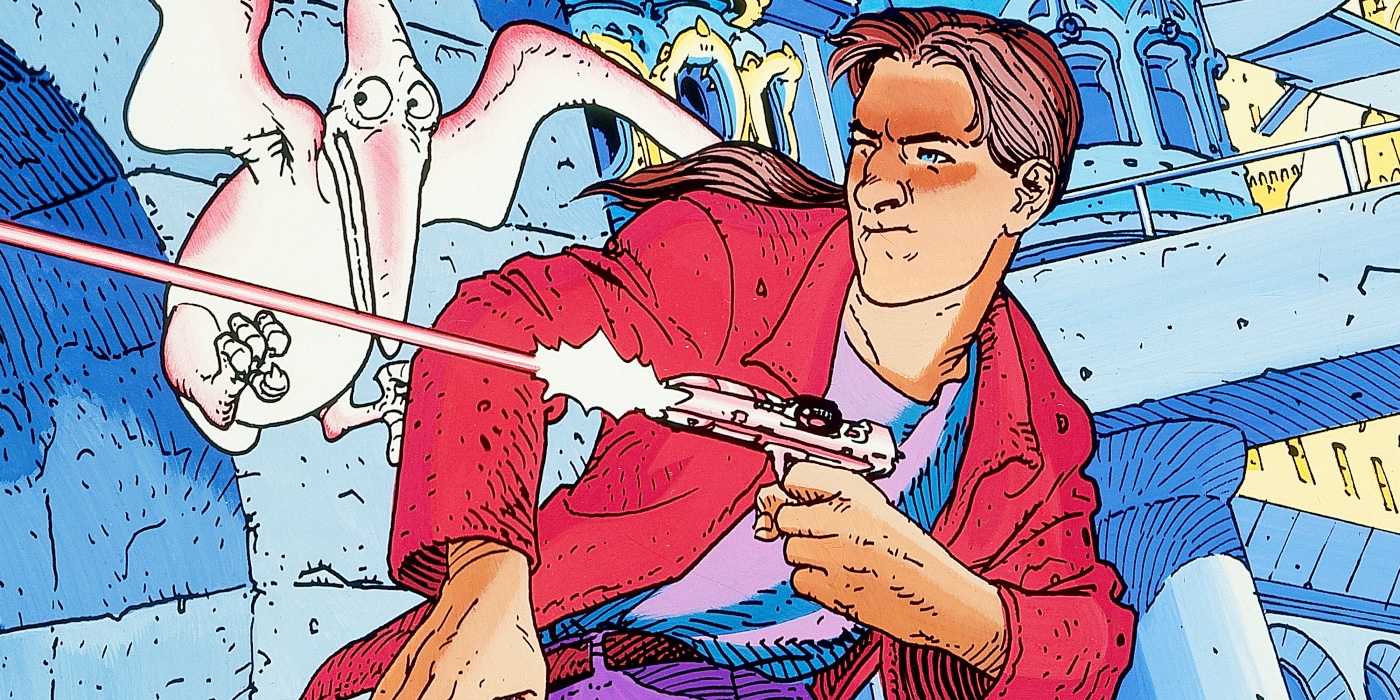
Alejandro Jodorowsky is a visionary director, known for his psychedelic masterpieces like El Topo . In the 1970s, Jodorowsky tried to get a motion picture version of Dune off the ground, creating a script that would have translated into a 14-hour-long film. Jodorowsky hired many of the greatest artists to illustrate the world he wanted to create, including the French comic superstar Jean "Moebius" Giraud. The movie would never have been made, as the budget for it would have been ridiculously high, but Jodorowsky and Giraud's relationship paid off as the two teamed up for a sci-fi comic that would take many of the concepts from Jodorowsky's Dune script.
The Incal took place in the far-off future, set on an insignificant planet in a human-dominated galactic empire. The story stars private investigator/bodyguard John Difool when he's embroiled in the search for the Incal, an object of infinite power. The Incal is a work of amazing complication and detail, with Jodorowsky using the story to talk about everything from science to messianic religions. The Incal is a gorgeously drawn book, Moebius bringing the brilliant insanity of Jodorowsky's script to life. The Incal became the basis of Jodoverse, a shared universe of comics that spread through prequels and sequels into Jodorowsky's Metabarons series. This is next-level sci-fi, and it will blow the minds of fans expecting a Star Wars- style space opera in the best possible way.
The Invisibles: Entropy In the UK Takes the Story In Terrifying New Directions
Grant Morrison, Phil Jimenez, Tommy Lee Edwards, Paul Johnson, Steve Yeowell, Mark Buckingham, John Stokes, Dick Giordano, Danny Vozzo, Clem Robins, and Ellie de Ville

The Invisibles took DC's Vertigo to new levels, as master comic writer Grant Morrison took readers to new places. The Invisibles combined '90s pop culture, conspiracy theories, and the occult in novel ways that were unlike anything on the shelves in the 1990s. The third volume of the book Entropy In The UK combined several story arcs — the titular three-part Entropy In The UK, two single issues that fleshed out Invisible member Boy and continued Jack Frost's enlightenment, Good-Bye Baby Rabbits, and a final single issue story that gave the truth behind Mr. Six - continuing the story from the last volume. King Mob and Lord Fanny have been captured by the Outer Church's Sir Miles, Jack Frost is dealing with his murder of an Outer Church grunt and running in fear for his life, and the team is trying their best to save their friends and survive the Outer Church.
The previous two volumes built the world of The Invisibles , and Entropy In The UK set the story in a new direction. This book contains the first glimpses of the truth behind the Outer Church and Jack Frost's destiny, testing the bounds of what the story could be. Entropy In The UK ended the first volume of The Invisibles , ending the group's battles in England and preparing them for the next steps in its war. The Invisibles always had some great art, but Phil Jimenez takes it to the next level in this one. While all the artists bring their A-game, Jimenez's art is easily the best in the series, taking all the beauty and torment and rendering it in beautiful detail.
The Delicacy Is a Story of Food for Love Going Wrong
James Albon
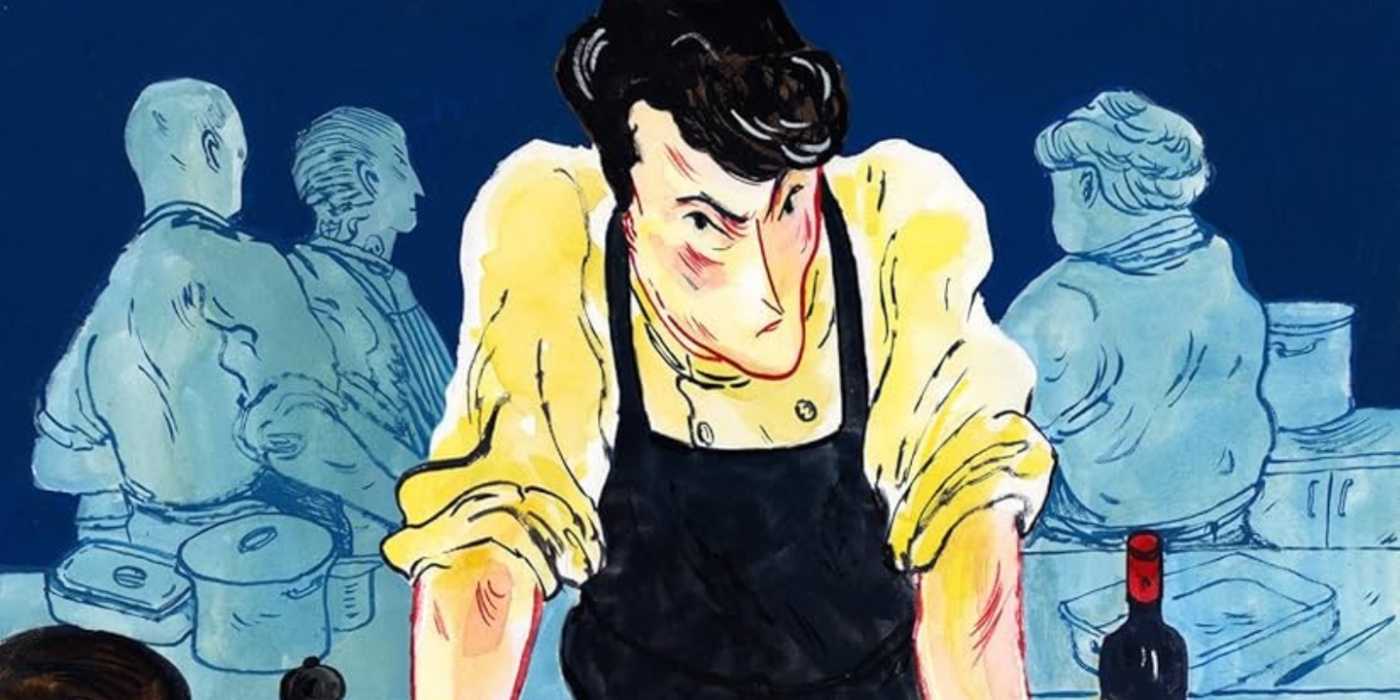
The Delicacy is unique in terms of art and story. French illustrator and writer James Albon is the mastermind behind this special tale of brotherhood, food, obsession, and the corruption that success brings. While the style of the book might not be for everyone, there is no doubt that the "long shots" are where the art shines. Whether it's the elaborate, nuanced art of complex foods or the countryside, there's no denying it is stunning. The story is equally impressive, and it's no wonder there's a TV adaptation in the works. Brothers Tulip and Rowan have been dreaming of opening a restaurant in the competitive fine dining arena in London.
Either of the two connects to a different aspect of the shared dream, one being the "front man" and the other working the ground, growing their ingredients. The most important of those ingredients is a new kind of mushroom the siblings discover, which launches their gastronomic stardom. But if the world of fine dining isn't already intense enough, mycelium fanatics will know how much drama and actual crime exist in the world of truffles. That same mushroom madness happens in this rare piece, too, and the brothers, who are growing apart as the story goes on, are pushed to do things they never thought they would.
Phonogram: The Immaterial Girl Takes Readers Into the Half-Life of Emily Aster
Kieron Gillen, Jamie McKelvie, Matt Wilson and Clayton Cowles
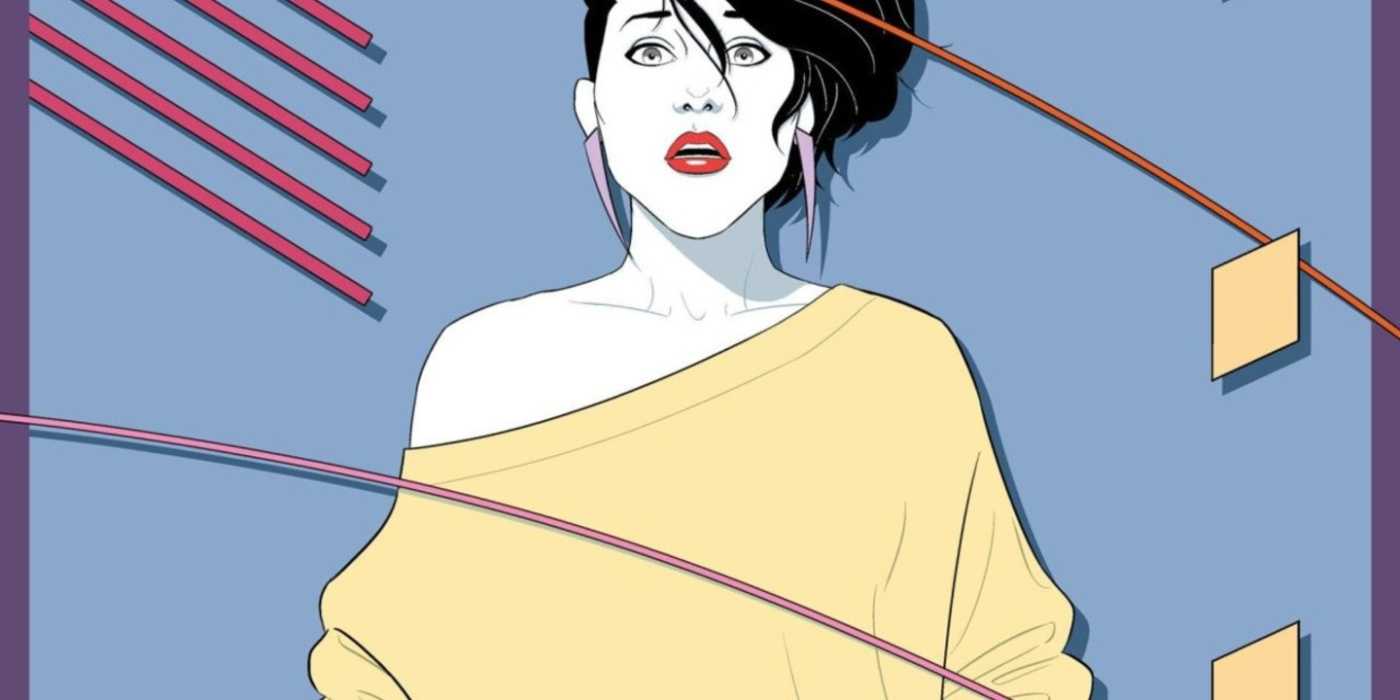
Phonogram is the type of work that only comes about once in a generation. Revolving around British phonomancers — magic users who use music for their runic magic — it's as much about people and their obsessions as it is about the magic-based adventures of characters like David Kohl. The third and final volume of the book focuses on Emily Aster, a character who appeared as a senior phonomancer and friend of Kohl's in the previous two volumes, as her identity starts to splinter. The choices she made to become who she is come back to haunt her, and she's forced to face off against the last person she expected — herself.
Gillen and McKelvie are a writer/artist team extremely rare in the modern comic industry. The two of them gel together brilliantly and Phonogram is the two of them working at a level that few other teams have ever reached. The Immaterial Girl is a story about identity, highlighting the things people leave behind to become who they are. It's about how the past influences the present, and how difficult it can be to reconcile the different stages of life. Phonogram' s three volumes are always deeper than they seem, and this one uses that depth - and a love of pop culture and music of the 1980s - to tell a story that will make readers look at their lives, who they were, who they are, and who they could be, in completely new ways.

